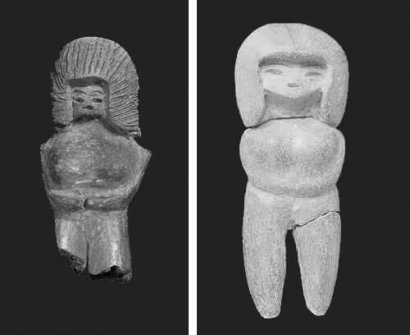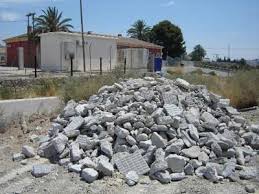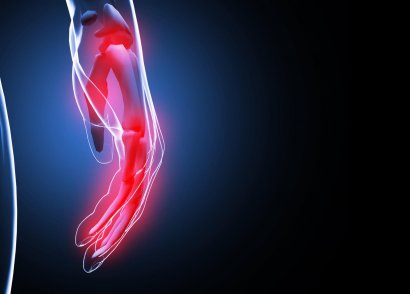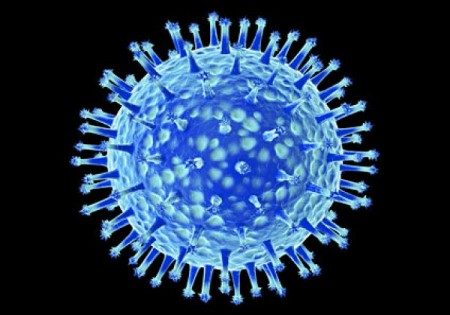 The Mediastinum is the central or middle part of the thorax, it is delimited by the lungs to the sides, the sternum and ribs forward and the vertebral column backward, separated from the abdomen by the diaphragm.
The Mediastinum is the central or middle part of the thorax, it is delimited by the lungs to the sides, the sternum and ribs forward and the vertebral column backward, separated from the abdomen by the diaphragm.
Its importance lies in the fact that there are closely related all the organs and structures of the thorax, except the lungs.
Elements that make it up
There are a large number of vital structures in the mediastinum such as:
- The heart and the great vessels that leave it (aorta artery and pulmonary arteries) or that reach it (superior and inferior vena cava).
- The trachea and the main bronchi.
- The esophagus, in the case of the presence of a hiatal hernia, the upper part of the stomach can also be found.
- Nerve trunks that regulate the neurovegetative function of the circulatory and digestive system, such as the vagus nerve and the left recurrent laryngeal nerve.
- Lymph nodes.
- The thymus during childhood and its vestiges in adulthood.
Mediastinal Diseases
The mediastinum can be the seat of a wide variety of disorders, these include infectious diseases, benign tumors, malignant tumors, glandular growths as occurs in the case of the thyroid and thymus, lesions of the arteries, lesions of the trachea and bronchi, problems of the esophagus, nerve damage or alterations of the lymph nodes.
In any case, the fact that all the elements of the mediastinum are in a very close relationship means that the alterations that are located in this anatomical region can affect respiratory and circulatory function to a greater or lesser degree.
Mediastinal Manifestations
 The manifestations of a mediastinal problem are highly variable and will depend on the nature of the problem and its location, usually accompanied by pain, swallowing disorders, respiratory distress, persistent cough, fainting or even dysphonia due to involvement of the laryngeal nerve. Left recurrent originating in the thorax from where it ascends to the larynx.
The manifestations of a mediastinal problem are highly variable and will depend on the nature of the problem and its location, usually accompanied by pain, swallowing disorders, respiratory distress, persistent cough, fainting or even dysphonia due to involvement of the laryngeal nerve. Left recurrent originating in the thorax from where it ascends to the larynx.
Given the suspicion of a mediastinal lesion, it is necessary to perform an imaging study such as chest tomography, this is usually performed after the administration of contrast in order to better assess the various structures that comprise it.
In many cases, mediastinal lesions merit being treated with surgery since they are conditions that must be corrected or correspond to tumors that must be removed. In the case of malignant lesions, it may be necessary to complement the surgery with the administration of radiation or chemotherapy.









